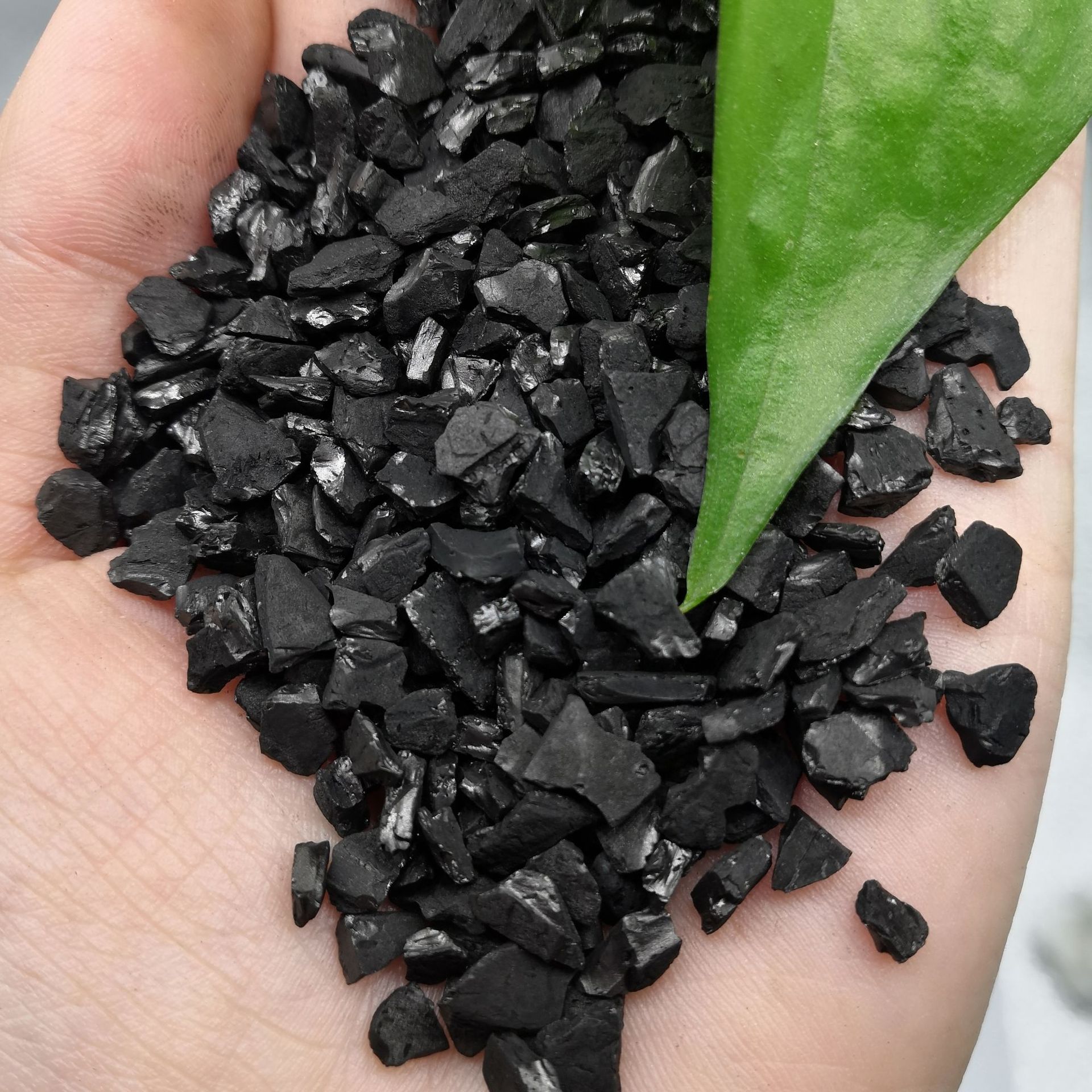
coconut husk Activated carbon It is an environmental protection adsorption material, widely used in water treatment, air purification, desulfurization and denitrification and other fields. This article will introduce the manufacturing process, characteristics, applications and future development prospects of coconut shell activated carbon.
1、 Manufacturing process of coconut shell activated carbon Coconut shell activated carbon is made from coconut shell through a series of processing processes. The manufacturing process mainly includes the following steps: 1. Raw material preparation: select excellent coconut shell and break it into small pieces for subsequent processing. 2. Carbonization treatment: Put the broken coconut shell into the carbonization furnace and carbonize it at high temperature to generate carbide. 3. Activation treatment: Put the carbide into the activation furnace, and activate it with air, steam and other activators under appropriate temperature and pressure conditions to generate activated carbon. 4. Washing and drying: wash the activated carbon to remove impurities and harmful substances, and dry it. 5. Finished product packaging: screen and package the dried activated carbon to obtain the finished coconut shell activated carbon. 2、 Characteristics of coconut shell activated carbon 1. Adsorption performance: coconut shell activated carbon has a highly developed pore structure and specific surface area, which can effectively absorb harmful substances such as organics, heavy metal ions, pesticide residues in water, as well as harmful gases such as formaldehyde and benzene in the air. 2. Environmental protection: coconut shell activated carbon is made from natural coconut shell, and no chemical additives are used in the manufacturing process, which will not cause secondary pollution. At the same time, coconut shell activated carbon itself is non-toxic and tasteless, and reliable to use. 3. Acid and alkali resistance and corrosion resistance: coconut shell activated carbon has good acid and alkali resistance and corrosion resistance, and can be used in different environments. 4. Good reproducibility: coconut shell activated carbon can be regenerated by means of high temperature, steam and other means, reused, and reduce the use cost. As people pay more attention to environmental protection and health, the demand for coconut shell activated carbon will continue to increase. At the same time, with the continuous progress of technology and the continuous development of research and development, the performance and effect of coconut shell activated carbon will also continue to improve, making greater contributions to environmental protection and human health. In the future, coconut shell activated carbon will continue to play an important role in water treatment, air purification, desulfurization and denitrification, and expand to other emerging fields, such as new energy, biomedicine, etc. 